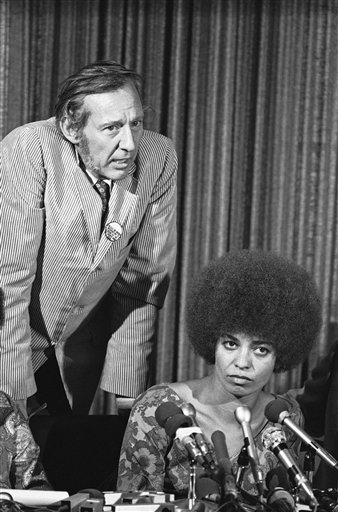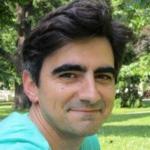
On the 2014 list of the least stressful professions, the tenured University Professor ranks fourth, less stressful than tailor but not as zen as jeweller (the most stressful rank is headed, unsurprisingly, by military, fire-fighters and pilots, see huff-post). The statement is only true some of the times. In 1967-70 University Professor would surely not make the top 10 of least stressful occupations. Across the United States campus protests multiplied in occurrence and severity. Sit-ins and marches. Occupations and strikes. Classes and faculty meetings interrupted. Campaigns to change curricula, to hire or rehire politically minded scholars, or to create new fields of study, most notably black studies.
Economists felt the full heat of the troubles. Not only where their students among the most active and radical (protesters were disproportionately from the social sciences and humanities) but many among them held positions of administrative importance and it was their charge to manage the troubles.
In October 1968, William R. Allen the chairman of the economics department at UCLA was visited by delegates of the Black Student Union demanding that the department hire a black scholar. By his own account, Allen vehemently opposed the intrusion and responded by buying a shotgun and laying wire on his lawn to trip intruders. With accusations escalating in pamphlets and campus newspapers, a makeshift fire bomb was found at the entrance of the department, prompting Allen’s defiant comment to the press “that the most conspicuous difference between my enemies and the Nazi hooligans of the 1930s was that the latter could make a usable bomb. On this telling there are no injuries and no damages.
I got interested in this episode while reading James Buchanan and Nicos Devletoglou’s Academia in Anarchy. The opening pages set out the traumas experienced by the two world travelled academics. Buchanan states that he “experienced the bombing of the [UCLA] economics department’s offices in November, 1968. There was a bomb but it didn’t explode. The readers, like me, would not have guessed that non-exploding bombs are a common occurrence. The book conveys Buchanan and co-author’s fury at the student protests. But I wonder if that was the real injury. As Allen explains, his plan (and others, notably Armen Alchian) was to recreate the Chicago school in the West. It was a coup to get Buchanan, and Allen hoped to lure Gregg Lewis next, until the protests started, and the department was in the limelight for its truculent opposition to the black student demands. Buchanan left and he was doing a lot of that in the late 1960s.
I tell this little parable because it speaks to a recurrent observation as I work through the mess of the late 1960s protests. The intensity of feeling that the protests invoked was almost never proportional to the events themselves. Their experience was often heightened by a maddening range of other grievances, like UCLA’s missed opportunities, or more poignantly the memory of European war and fascism for many of the émigré professors. With the benefit of hindsight, academia was not in anarchy, the University was not fragile, and professors were soon returned to a stress free life.



